Special Note: The Celestron SCT uses either standard 6-32 or metric M3 collimation screws. It is important to order the correct knobs for your telescope. Allen and set-style factory collimation screws have standard threads. For Phillips collimation screws, the general rule is: Silver are standard; Black are metric. There are exceptions to this rule, so we have developed some hints to help you to determine which type of Phillips collimation screw your telescope uses. Moreover, there are even exceptions to the hints, so if you are unsure of the type of screw in your telescope, you can either 1) pull a single collimation screw and check its threads using the guidelines at the bottom of this page; or 2) order both standard and metric knobs and return those that aren’t needed for a full refund.
_______________________________
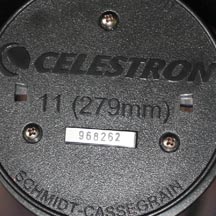
Example 1: Black Phillips Collimation Screws
Textured secondary surface with serial number sticker, “CELESTRON” imprint in upper case lettering and a small “11 (279mm)” in the center, and slots for an auxiliary secondary screw cover. Collimation screws are slightly countersunk into the secondary housing. This is the most common black Phillips configuration.
Type of collimation screw: Metric
_______________________________
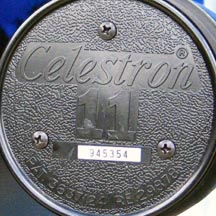
Example 2: Black Phillips Collimation Screws
Textured secondary surface with serial number sticker, "Celestron" imprint in upper and lower case lettering, and a large “11” in the center. Collimation screws are surrounded by normal surface texturing and are not countersunk.
Type of collimation screw: Standard
_______________________________
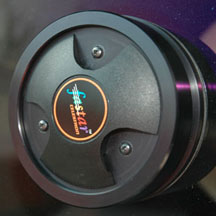
Example 3: Black Phillips Collimation Screws
Fastar secondary with “Trifid” rotary collimation screw cover and stick-on label. Scope can be either with or without EdgeHD optics.
Type of collimation screw: Can be either Standard or Metric (EdgeHD is always metric)
_______________________________

Example 4: Black Phillips Collimation Screws
Fastar secondary with stick-on label but without “Trifid” rotary collimation screw cover. Scope can be either with or without EdgeHD optics.
Type of collimation screw: Can be either Standard or Metric (EdgeHD is always metric)
_______________________________
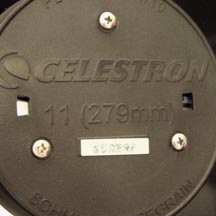
Example 5: Silver Phillips Collimation Screws
Almost smooth secondary surface with serial number sticker, “CELESTRON” imprint in upper case lettering and a small “11 (279mm)” in the center, and slots for an auxiliary secondary screw cover.
Type of collimation screw: Can be either Standard or Metric
_______________________________
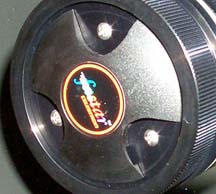
Example 6: Silver Phillips Collimation Screws
Fastar secondary with “Trifid” rotary collimation screw cover and stick-on label. Scope is usually without EdgeHD optics.
Type of collimation screw: Standard
_______________________________
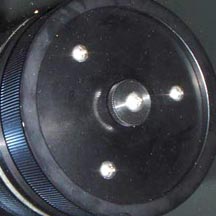
Example 7: Silver Phillips Collimation Screws
Fastar smooth secondary with round center knob, either with or without a serial number sticker.
Type of collimation screw: Standard
_______________________________
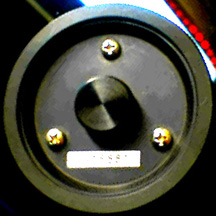
Example 8: Silver Phillips Collimation Screws
Hyperstar smooth secondary with round center knob, either with or without a serial number sticker. Collimation screw color can be silver or light gray.
Type of collimation screw: Can be either Standard or Metric
_______________________________
If you decide to remove a Celestron 11” SCT collimation screw, here's how to determine if the screw has standard or metric threads. Both factory screws have about the same thread length below the screw head. The metric screw is slightly smaller in diameter, but that isn't really helpful without having samples of both screws. The best way to determine screw type is to count threads. The standard screw has about 14 thread turns over its 7/16 inch length, and the metric screw has about 24 thread turns over its 12 mm length.
Please contact us using the link below for guidance if you have further questions.

